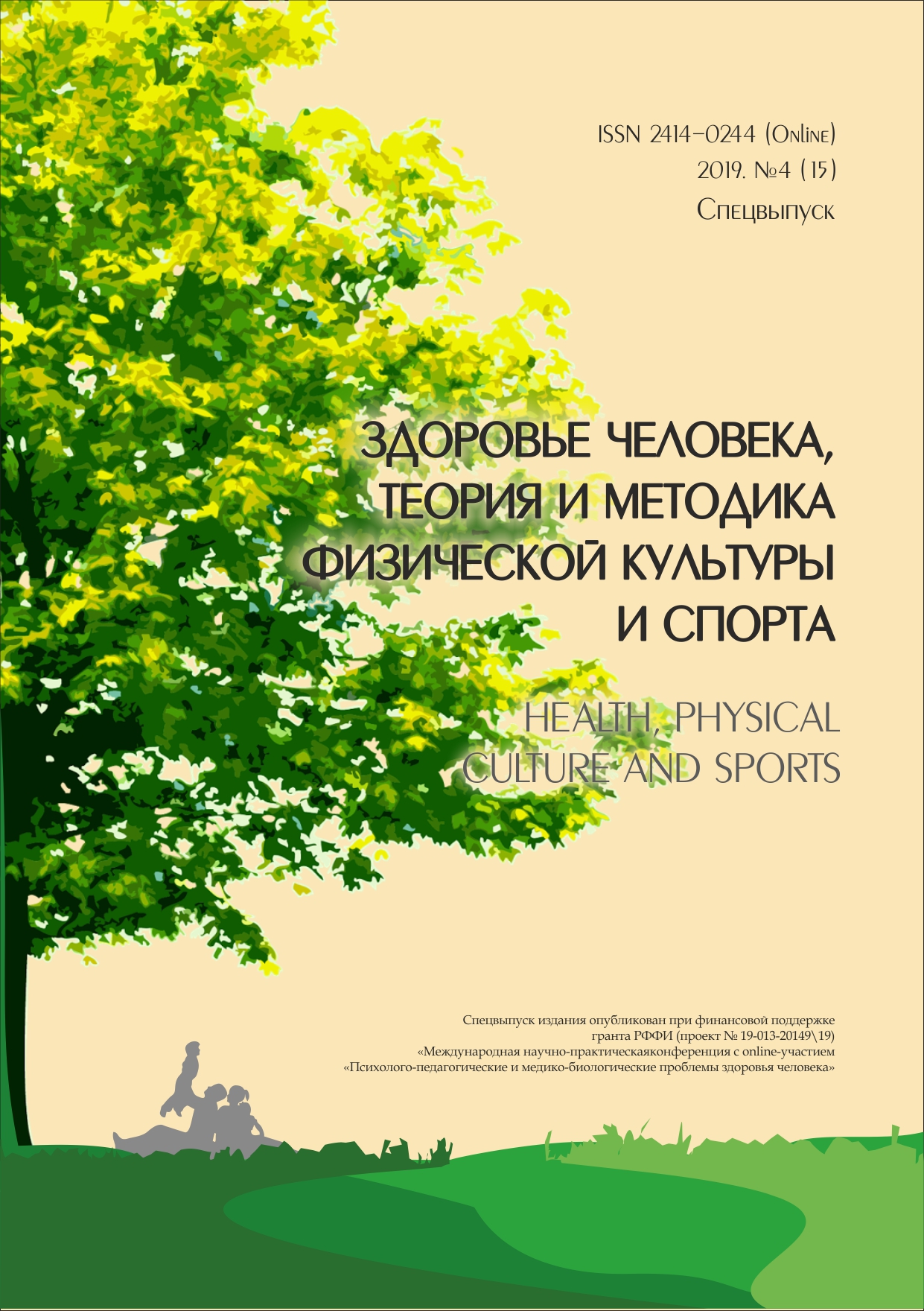DEVELOPMENT OF MEDIUM SUGAR MARMALADE FROM SEA BUCKTHORN
Abstract
Jelly, juice, mashed potatoes, sauces, compotes and preserves are made from seabuckthorn fruits. Most often, the fruits are used to make sea buckthorn oil, which, besides being apowerful antioxidant, has proven regenerating qualities. Sea buckthorn contains various biologicallyactive components, such as common phenolic compounds, extractable tannins, glucose, commoncarotenoids, lycopene, β-carotene, common flavonoids, soluble solids, vitamin C, and two basicunsaturated mastic acids, linoleic acid and linolenic acid. A technology has been developed formaking sea buckthorn Siberian jam with an average sugar content in order to expand the rangeof processed sea buckthorn products in the distribution network. The main physico-chemical(organoleptic evaluation, dry matter, refractometric, active acidity, the content of mineral impurities,the ratio of components, the determination of ash, insoluble in 10% solo acid); biochemical (pectin,ascorbic acid, tannins, determination of antioxidant activity) and sensory indices (appearance,color determination according to Gardner-instrumental, using a colorimeter, taste and smell) ofthe developed product. The color brightness, red and yellow color of the raw material dominatequantitatively compared to the product developed as a result of the applied thermal processes.Instrumentally measured marmalade color parameters show a decrease from 3.5 for brightnessand yellow tones to 1.5 for reds compared to fruit. The structural-mechanical parameters weredetermined on the obtained marmalade from the sea buckthorn — rupture force and deformation(F, N = 0,12±0,01; W = 95%; d, mm= 22,34±1,28; W = 95%). A Siberian sea buckthorn jam with anaverage sugar content was developed to expand the range of processed sea buckthorn products in thetrading network. Its purpose is direct consumption and as a component composition of pastries andconfectionery products intended for school meals. The qualitative characteristics of the new productare in accordance with the Ordinance on the requirements for fruit jams, jellies, marmalades, jellymarmalades and sweetened chestnut puree, promulgated in the State Gazette, issue 19 /28.02.2003.
Downloads
References
Williams B.W., Cuvelier M., Berst C. 1995. Use of a free radical method to evaluate antioxidant activity. Lebensmittel Wissenschaft and Technologie, 28: 25–30.
Kuhkheil A.H., Naghdi Badi A., Mehrafarin V.A. 2017. Chemical constituents of sea buckthorn (Hippophae rhamnoides L.) fruit in populations of central Alborz Mountains in Iran. Research Journal of Pharmacognosy (RJP) 4 (3):1–12.
Yan J.X., Kaur М., Dhillon R. S., Tappia P. S., Dhalla N. S. 2011. Health benefits of sea buckthorn for the prevention of cardiovascular diseases. Journal of Functional Foods Vol. 3, (1):2–12.
Kallio H., Yang B., Peippo P. 2002. Effects of different origins and harvesting time on vitamin C, tocopherols, and tocotrienols in sea buckthorn (Hippophaërhamnoides) berries. Journal of Agricultural and Food Chemistry, 50 (21): 6136–6142.
Kallio K., Yang B.R., Tahvonen R., Hakala M. 1999. Composition of sea buckthorn berries of various origins. Proceeding of International Symposium on Sea Buckthorn (Hippophaė rhamnoids L.), Beijing, China: 17–23.
Negi P. S., Chauhan A. S., Sadia G.A., Rohinishree Y. S., Ramteke R. S. 2004. Antioxidant and antibacterial activities of various sea buckthorns (Hippophae rhamnoides L.) seed extracts. Food Chemistry, 1 (92):119–124.
Singleton V. L., Rossi J. A., 1965. Colorimetry of total phenolics with phosphomolybdicphosphotungstic acid reagents. American Journal of Enology and Viticulture 16:144–158.
Thomas S.C. Li. 2002. Product Development of Sea Buckthorn. Reprinted from: Trends in new crops and new uses. J. Janick: 393–398.
Khan B.A., Akhtar N., Braga V.A. 2012. Anti-aging effects of Hippophae rhamnoides emulsion on human skin. Tropical Journal of Pharmaceutical Research, 11 (6): 955–962.
Zielińska A., Nowak I. 2017. Abundance of active ingredients in sea-buckthorn oil. Lipids in health and disease, 16:95.
Gupta A., Upadhyay N.K. 2011. Sea Buckthorn (Hippophae rhamnoides L.) Seed oil: usage in burns, ulcers, and mucosal injuries. In Nuts and Seeds in Health and Disease Prevention: 1011–1018.
Upadhyay N., Kumar R., Mandotra S.K., Meena, R. N., Siddiqui, M. S., Sawhney R.C., Gupta A. 2009. Safety and healing efficacy of Sea buckthorn (Hippophae rhamnoides L.) seed oil on burn wounds in rats. Food and Chemical Toxicology, 47 (6):1146–1153.
Gao Z.L., Gu X.H., Cheng F.T., Jiang F.H. 2003. Effect of sea buckthorn on liver fibrosis: a clinical study. World J. Gastroenterol. Jul; 9 (7):1615–1617.
An author should not normally publish manuscripts describing essentially the same research in multiple journals or publication venues. Such redundant publication is generally considered to constitute unethical publishing behavior, and if discovered may result in a manuscript under consideration being rejected, or a published article being retracted.
Authors of manuscripts reporting on original research should present an accurate account of the work performed, accompanied by an objective discussion of its significance. Underlying data should be represented accurately in the manuscript. The manuscript should contain sufficient detail and references to permit others to replicate the work. The fabrication of results and the making of fraudulent or knowingly inaccurate statements constitute unethical behavior and may be cause for rejection or retraction of a manuscript or published article.





